Starting your Pilates journey? Before you dive into your first class or home session, it’s essential to get familiar with the basic equipment. From the classic reformer to simple tools like resistance bands and mats, each piece plays a key role in supporting your form and enhancing results.
In this guide, we’ll walk you through the must-know Pilates equipment for beginners—what they are, how they work, and why they matter—so you can feel confident, safe, and ready to move with purpose.
Choosing the Right Pilates Start
When you're new to Pilates, choosing between mat and equipment-based practice can be confusing. Mat Pilates uses just your body weight and a floor mat—great for building control and core strength. But equipment-based Pilates, like using a reformer or Cadillac, offers more support and resistance. That’s a big deal for beginners.
With the right equipment, you’re not only guided through movements with better alignment, but you also reduce the risk of injury. Springs, straps, and adjustable platforms help you activate the right muscles and improve your form. Over time, this leads to faster progress, better posture, and deeper muscle engagement. Simply put, proper equipment helps you move smarter—not just harder.
Essential Beginner Pilates Equipment
You can find beginner Pilates equipment that’s all about uncomplicated, multi-purpose tools that enhance your strength, stability, and flexibility. These fundamentals help with alignment, build progression, and can easily accommodate a home or studio environment.
The Mat
A Pilates mat is thicker than a yoga mat—usually 1 to 1.5 cm—to cushion your spine and joints during floor work. It’s ideal for core exercises like roll-ups and the hundred. Choose one with a non-slip bottom and try different materials like dense foam or eco-friendly rubber to find your best fit. A good mat lets you practice Pilates almost anywhere.

The Magic Circle
The magic circle or Pilates ring, is a 35–38 cm flexible ring with padded handles. It adds resistance to exercises and targets muscles like your inner thighs, chest, and arms. Compact and travel-friendly, it’s perfect for deepening your practice. Squeeze it between your hands, knees, or ankles to boost engagement and add variety to moves like bridges or leg presses.

Resistance Bands
Resistance bands are affordable, beginner-friendly, and come in various resistance levels. They add gentle tension to exercises like arm pulls, leg stretches, and side leg lifts—boosting intensity without impact. Lightweight and portable, they’re perfect for home or travel workouts.

The Pilates Ball
A Pilates bal (or Swiss ball) boosts balance, posture, and core strength by challenging your stability during exercises. Available in 55–75 cm sizes, pick one based on your height for proper support. It turns simple moves into full-body workouts—perfect for adding variety on the mat or reformer.
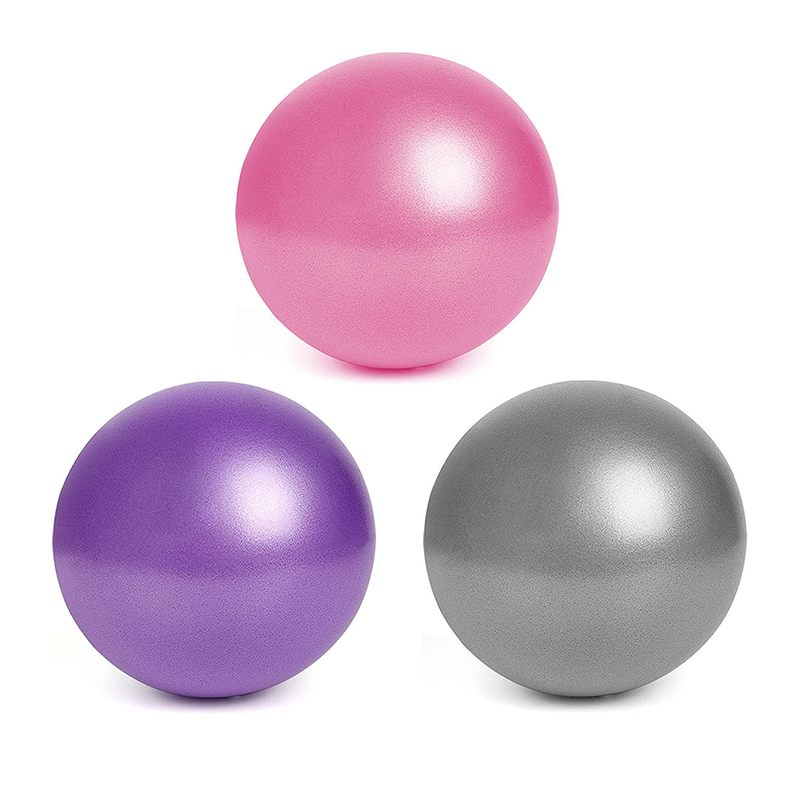
Foam Roller
A foam roller is a great recovery tool for easing soreness, improving circulation, and boosting flexibility. Available in various sizes and densities, it helps release tension in your back, legs, and arms. Use it before or after Pilates to support recovery and keep your body feeling its best.
The Reformer Demystified
Among all Pilates tools, the reformer stands out for its design and versatility.With its sliding carriage, adjustable springs, and sturdy frame, it creates a dynamic platform for full-body strength, control, and mindful movement.
What It Is
The reformer is a bed-like Pilates machine with a cushioned platform called the carriage. This carriage glides along rails and is connected to adjustable springs, which create resistance. By changing the spring tension, you can make each exercise easier or more challenging to match your level. A footbar and straps allow you to work your arms and legs in a variety of directions.
This isn’t your typical mat Pilates. While mat work relies on body weight and gravity, the reformer Pilates introduces resistance and dynamic movement through its springs and sliding carriage. This setup offers a new way to activate muscles, improve balance, and fine-tune your alignment. Because the reformer supports your body, it’s especially helpful if you have joint pain or limited mobility. More than just a workout, it encourages mindful movement—teaching you to focus on breath, control, and precision, which are the foundations of Pilates.
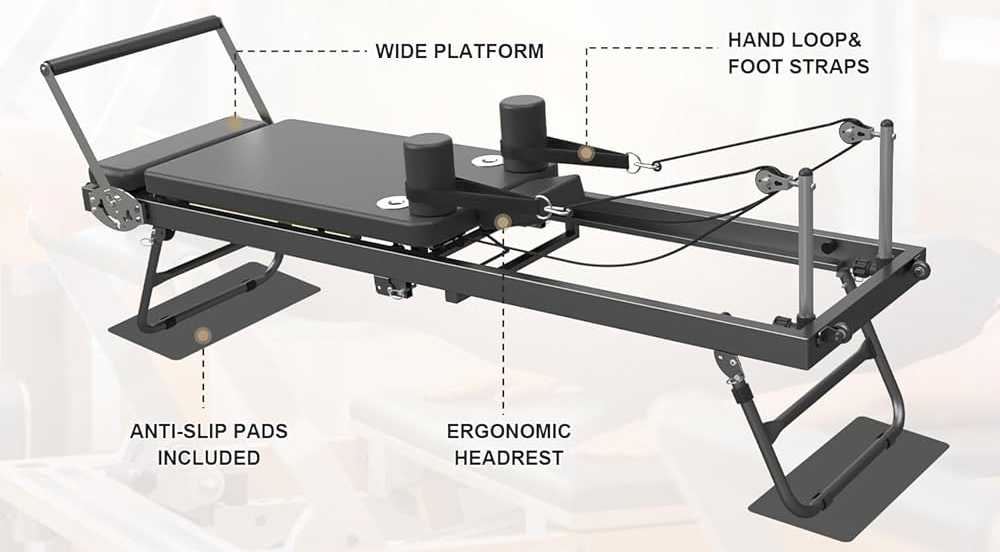
How It Works
- ● Adjust the Springs:More springs mean greater resistance for a more challenging workout. Fewer springs lighten the load, making movements easier and more controlled—perfect for beginners or recovery sessions.
- ● Check the Footbar and Straps:The footbar supports a range of leg and core exercises, while the straps allow you to push or pull using your arms and legs. Make sure everything is set to match your body and movement goals.
- ● Prioritize Safety:Start slow. Focus on maintaining good form, engaging your core, and keeping your breathing steady throughout each movement.
- ● Enjoy the Process:Pilates is a practice, not a race. Take your time, move with intention, and enjoy the journey as you build strength, control, and confidence.
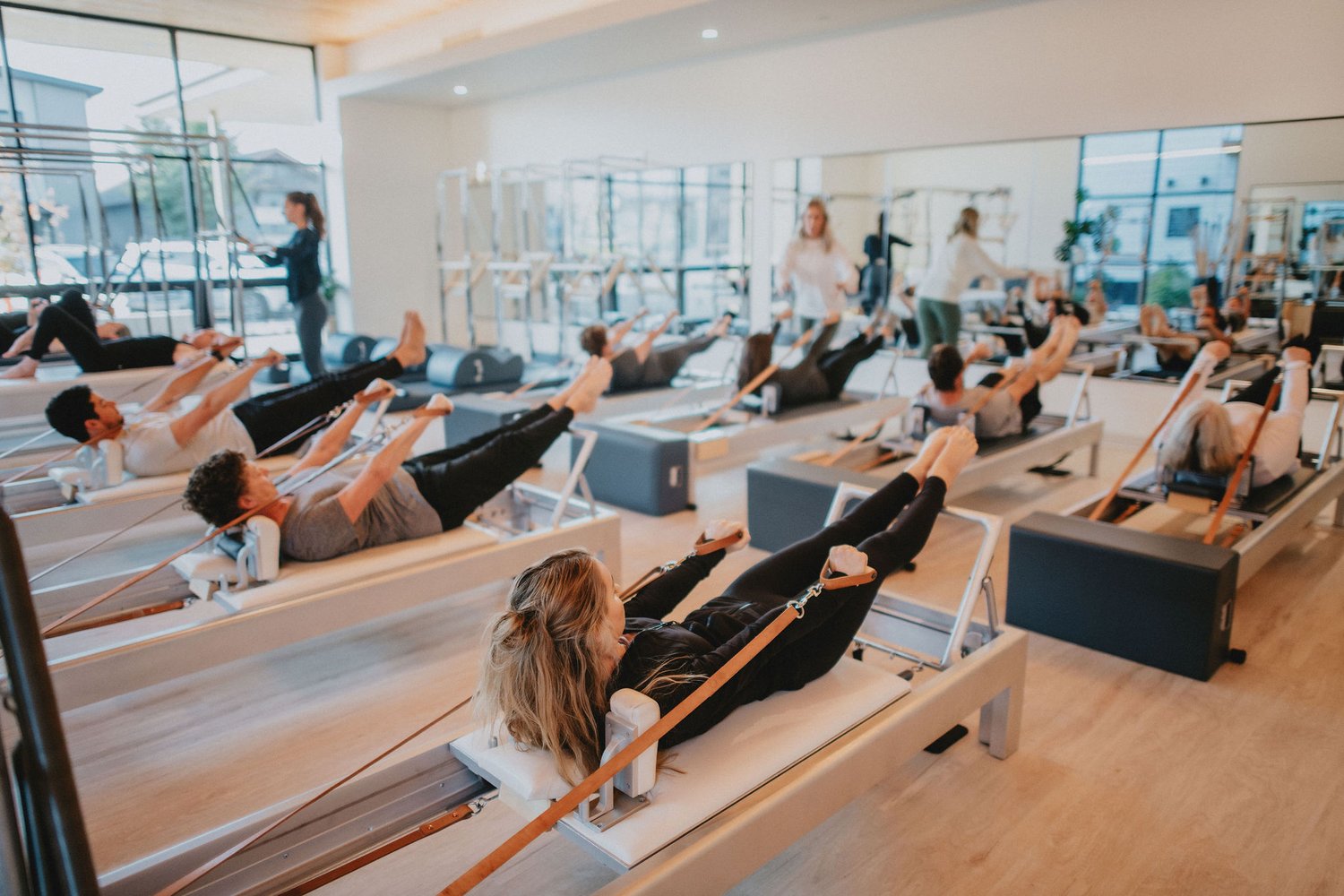
Beginner Benefits
The reformer is gentle on the joints, making it a great choice for beginners, those recovering from injuries, or anyone dealing with arthritis. Each workout targets the entire body—whether you're pushing the carriage or pulling the straps, you’re engaging your legs, arms, back, and core all at once.
Because the carriage moves, your body must constantly work to stay stable, which helps improve balance, coordination, and deep core strength. The guided, controlled movements teach you proper form and technique, building smart movement patterns that support long-term progress—not just in Pilates, but in any fitness routine.
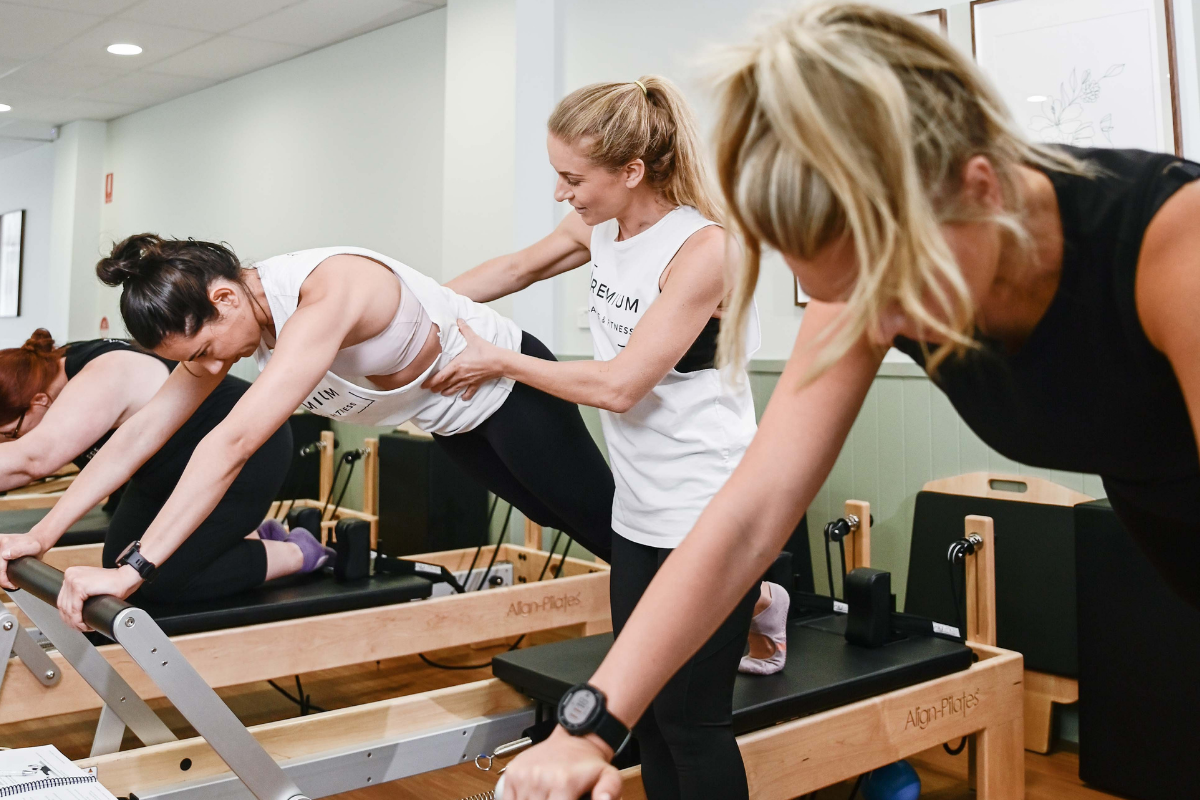
Choosing Your First Gear
Selecting your first pilates gear as a beginner is all about finding the right balance between your personal fitness goals, home space, and budget. The goal is to select tools that allow you to begin securely, establish smart habits, and maintain incremental progress.
Your Goals
- ● Begin by asking yourself what you want to achieve with Pilates.
- ● If your main goal is to build strength, use resistance bands or light dumbbells to increase the challenge of basic movements.
- ● For improving flexibility, a yoga strap or foam roller can help you reach deeper stretches and ease muscle soreness.
- ● Many beginners start with bodyweight mat exercises since they focus on core control and balance.
- ● Setting clear and realistic goals helps you select the right equipment and measure your progress.
- ● Each piece of Pilates gear serves a purpose: mats provide cushioning, bands add resistance, and props assist with alignment or increasing your range of motion.
Your Space
Measure the floor space you intend to occupy. A pilates mat requires around 2m x 1m of clear space, but certain props or machines require more. If space is tight, foldable mats, light bands and small balls nestle in just about anywhere and store easily. This will keep your workout zone messy and likely to cause trips and falls. A peaceful, well-lit space out of the way of interruptions aids concentration and makes you return.
Your Budget
| Equipment | Typical Price (USD) | Quality Rating (/5) |
| Pilates Mat | $20–$50 | 4.5 |
| Resistance Bands | $10–$30 | 4 |
| Foam Roller | $15–$35 | 4 |
| Pilates Ring | $20–$40 | 4 |
Essential Items
- ● Mat: The essential foundation for every Pilates beginner. Provides cushioning and comfort, especially when exercising on hard floors.
- ● Resistance Bands: Lightweight, portable tools that add strength training to Pilates workouts without taking up much space or costing much.
- ● Foam Rollers: Cylindrical props used to assist with stretching, improve muscle flexibility, and aid in muscle recovery.
- ● Small Props (Balls, Rings): Compact equipment designed to support stretching, improve alignment, and enhance muscle engagement during exercises.
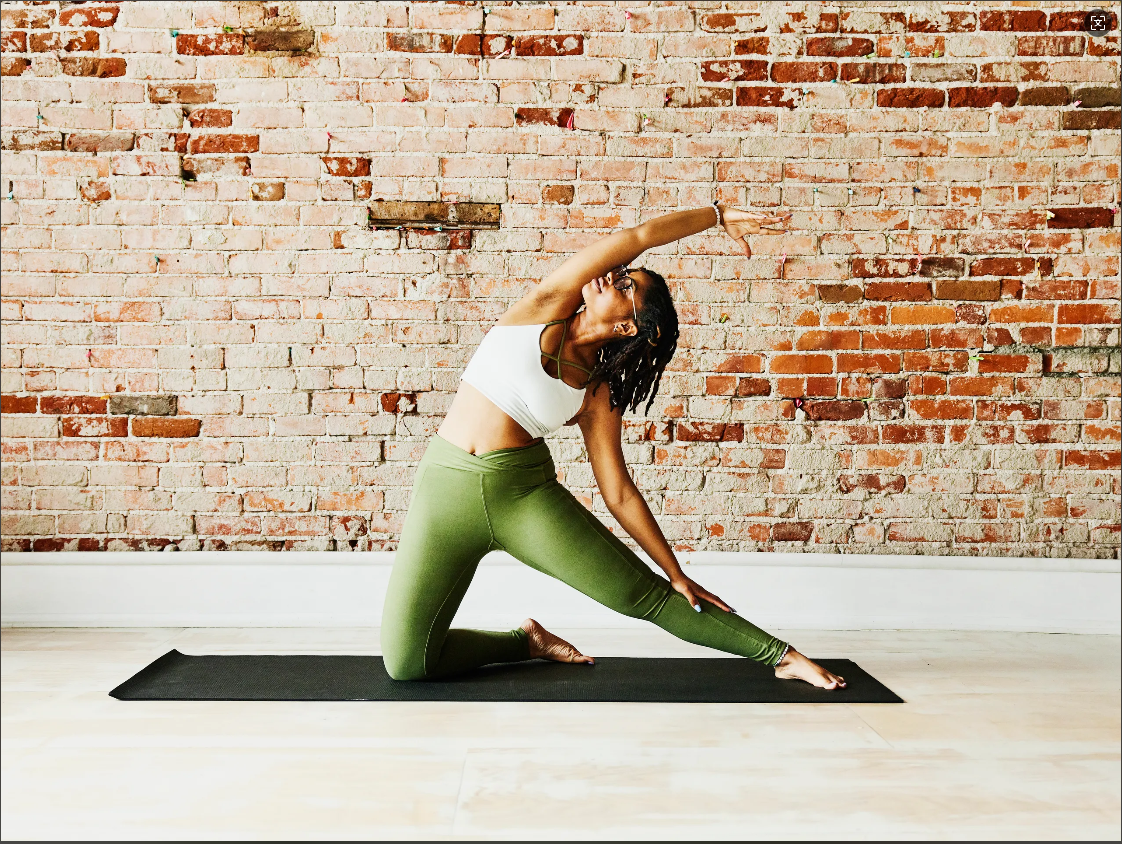
We are committed to delivering exceptional support and
top-tier service whenever you need it!
Your First Equipment Pilates Workout
Mastering Proper Form in Pilates
- 1.Start by standing tall, keeping your body aligned in a straight line. This helps prevent injury and ensures you get the most out of each movement.
- 2.Engage your core by drawing your navel inward and upward. This stabilizes your midsection and supports your back.
- 3.When using equipment like the reformer or Wunda Chair, move slowly and steadily. This allows your muscles to adapt and helps you maintain control throughout each exercise.
- 4.If you’re unsure about your form, use a mirror or record yourself on video. This can help you spot mistakes early on.
- 5.Check your posture at the start and regularly throughout your workout. Small adjustments—such as repositioning your feet or relaxing your shoulders—can make a big difference.
Pilates Safety Tips
We’ll teach you one piece of equipment at a time, before you begin. Both the reformer and Cadillac/Wunda Chair all have moving parts and can feel funky at first. Consult the manual or request assistance if you’re in a class.
Employ a thick mat if you’re on the floor or executing moves on harsh surfaces. This protects your spine and joints, so the entire practice is safer. So don’t overdo it, particularly during your initial sessions. Pay attention to how your body feels, rest if you need.
Organize your workout area. Push bags and shoes away to prevent slipping or falling.
Beginner Pilates Moves
- ● Footwork on the reformer: Lie down, press your feet into the footbar, and push the carriage out. Concentrate on uniform motion and a deliberate speed.
- ● Arm presses with resistance bands: Sit tall, loop the band around your feet, hold the ends, and press your arms forward, keeping your back straight.
- ● Leg circles with straps: Lie on the reformer, place feet in straps, and make small circles in the air. Secure your hips.
- ● Seated spine stretch: Sit with legs straight, reach forward, and round your spine, then roll back up.
Begin with brief sessions, around 15–20 minutes in length, to become accustomed to the exercises and apparatus. When you’re ready, add new exercises or challenge yourself with tougher alternatives. A lot of online videos demonstrate beginner workouts, with traditional and contemporary apparatus.
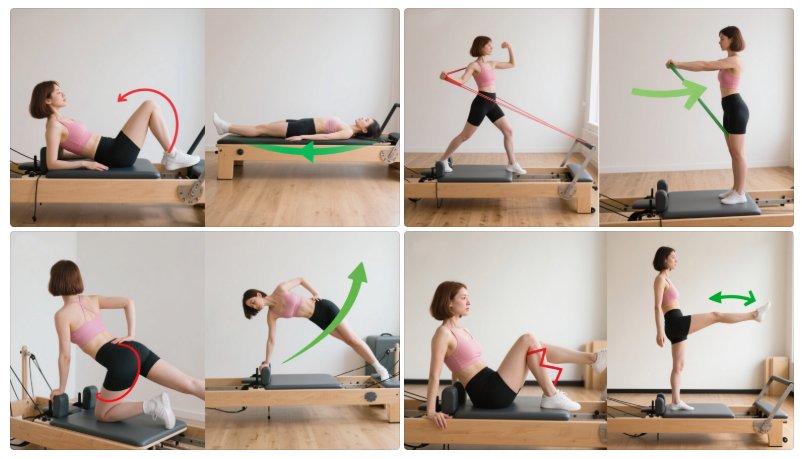
Conclusion
Embarking on your Pilates journey starts with understanding your equipment. From the Pilates reformer machine to mats, rings, and resistance bands, each tool supports your form, control, and progress—especially when you're just starting out.
If you’re ready to level up your routine, consider investing in a beginner-friendly Pilates reformer. It's one of the best ways to build strength and flexibility with proper alignment and support. Whether you're training at home or in a studio, the right setup helps you stay consistent and motivated.
If you have any questions or need help choosing the right gear, feel free to contact us via WhatsApp +86-13775339109, WeChat 13775339100 anytime. We're here to support your Pilates journey.

Talk To Our Experts
Connect with an NQ expert to discuss your product needs
and get started on your project.
Frequently Asked Questions
What is the best Pilates equipment for beginners?
A pilates mat is your best option for a beginner. It provides assistance and comfort for elementary movements. Resistance bands and small balls are inexpensive and simple to use for beginners.
Do I need a reformer to start Pilates?
No, you don’t need a reformer to start pilates. A lot of exercises just require a mat and simple equipment like bands. A reformer is nice but by no means necessary for beginners.
How much space do I need for Pilates equipment at home?
A compact, open space of approximately 2m x 2m is sufficient for the majority of beginner pilates apparatus. Ensure you have a high degree of mobility in your space.
Is Pilates equipment expensive?
Simple things like mats, bands and balls are inexpensive. Bigger equipment like the reformer can be pricier. Beginning with basic equipment is both affordable and beginner-friendly.
Can Pilates equipment help improve posture?
Yes, Pilates gear backs core-building moves. This can expand to improved posture, balance and stability especially when practiced consistently.
How often should beginners use Pilates equipment?
If you’re a beginner, shoot for 2–3 sessions a week. This establishes a nice frequency which allows you to develop strength, flexibility and confidence with the equipment without ever feeling overwhelmed.
Are there safety tips for using Pilates equipment?
Heed the advice, and begin gradually. Utilize gear on a level surface, and inspect for breakage prior to use. If you can, get instruction from a certified pilates instructor.
What do I need to know before my first Pilates class?
What do I need to know before my first Pilates class?
- ● You'll Work Muscles You Didn't Know You Had.
- ● Know the Three Main Types of Pilates we offer at The Pilates Lab.
- ● Aim To Arrive a Few Minutes Early.
- ● Focus on Breathing and Mindfulness.
- ● Don't Let the New Terms Overwhelm You.
Is Pilates harder than yoga?
Pilates is certainly a more intense workout that burns calories faster and produces physical results quicker, so you could make the argument that Pilates is the harder of the two. But again, everything comes down to what you wish to get out of the class and the methods your instructor takes to get you there.
Post time: Jul-21-2025
